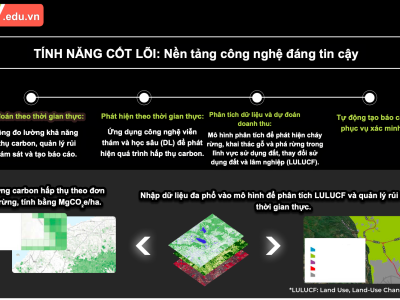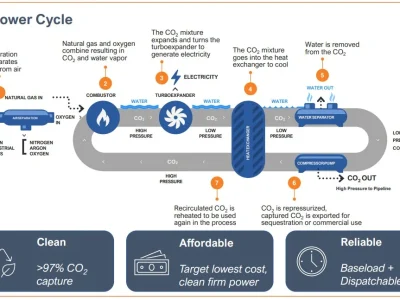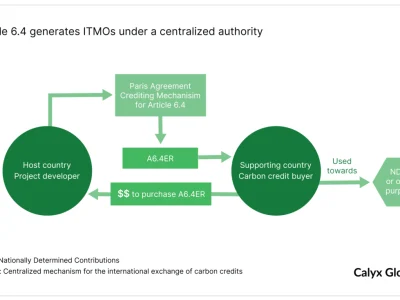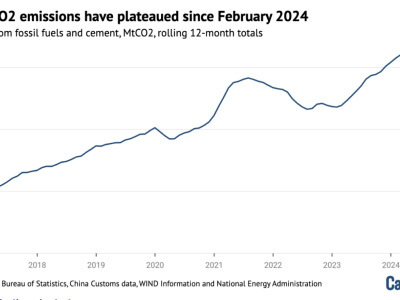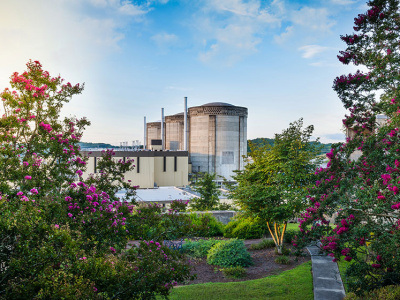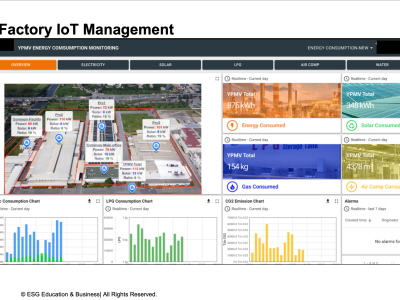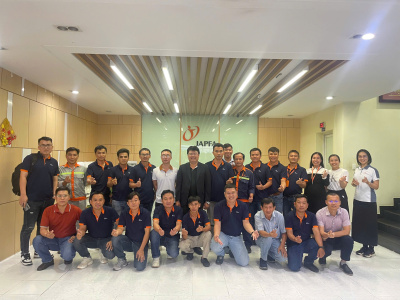 Chuong trinh dao tao
Chuong trinh dao tao
Acacia trees cover barren hills, creating new livelihoods in the mountains of Thanh Hoa
From a pilot plant on barren lands since the 80s, acacia trees have gradually “changed their skin” for the mountains of Thanh Hoa. Not only covering the barren hills, acacia trees have also become an economic lever, helping people here escape poverty and move towards a prosperous and sustainable future.
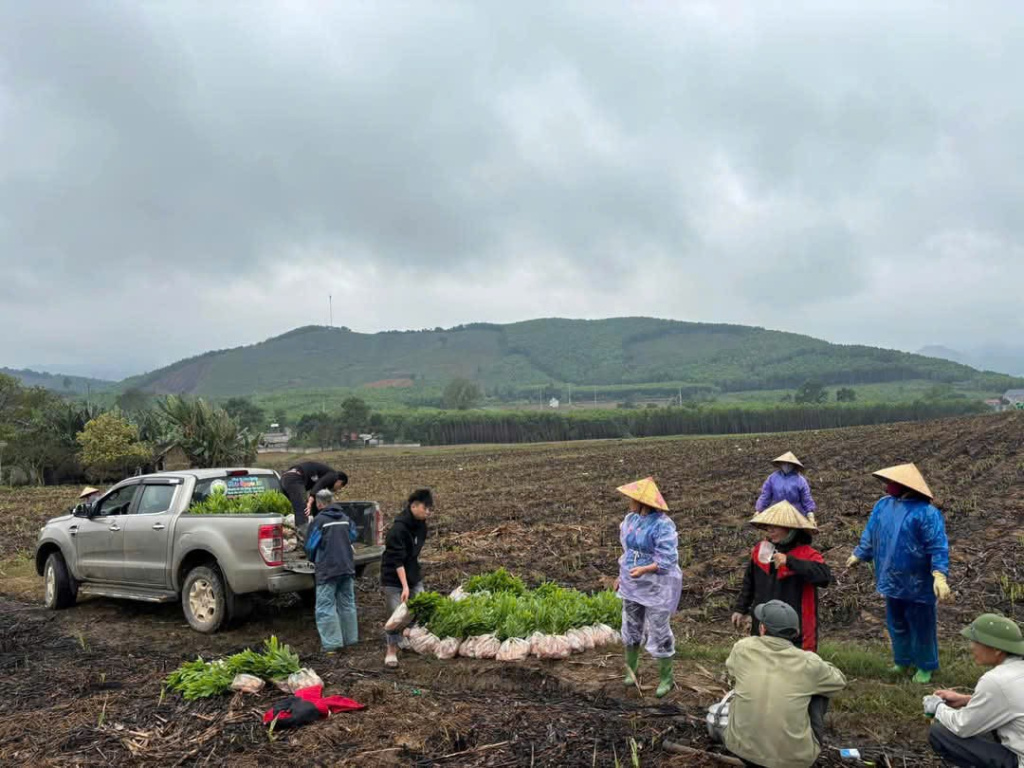
Acacia trees have gradually helped the lives of people in the highlands of Thanh Hoa prosper.
Greening barren hills – Revitalizing barren land
Previously, the life of people in the mountains of Thanh Hoa was associated with old forests, according to nomadic farming practices. They often look for flat land deep in the forest, cutting down trees to make land. After only a few seasons, the land was faded, they continued to move and exploit the primeval forests. Soon, the immense green gave way to bare hills, sparsely dotted with weeds. The land is depleted, along with the active advocacy of the government, the remaining trees on the edge of the forest are maintained.
However, if it only stops at propaganda, the risk of forests being exploited in exchange for food is still very large. Fully aware of this, the Central Government and local authorities have actively implemented policies of “contributing leaves to patch forests”, “greening bare and bare land”, gradually creating a stable livelihood for people. Thanks to the participation of the whole political system, the barren hills gradually put on the green shirt of acacia trees. However, at the beginning, the economic value of acacia trees was not high, so the planting of trees was mainly in response to the State’s support policies.
Mr. Ha Van Dung, a resident of Tan Quang village, Thanh Tan commune (Nhu Thanh) recalled: “Life was very difficult that day. Seeing that the people of the region went up to buy wood, their families went to the forest to cut down trees and sell them for money to measure rice. When there was a policy of planting trees to cause forests, our people responded enthusiastically. But to be honest, at that time, we did it because we had money to support, but no one knew how long to plant before harvesting, but what to harvest for, because acacia wood is not as strong or valuable as other types of forest wood.”
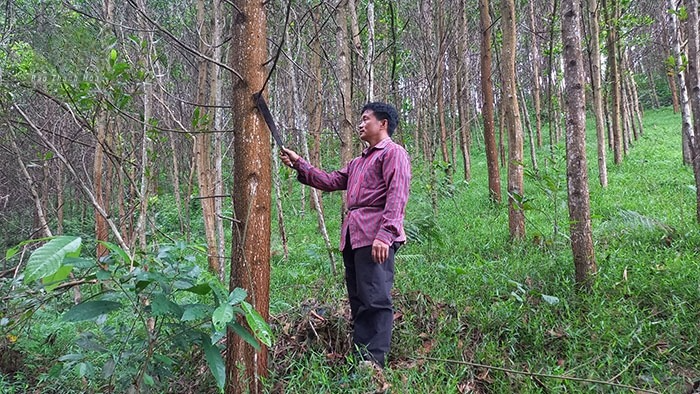
Thanh Hoa has nearly 103,000 hectares of acacia forests, accounting for 41.46% of the planted forest area, mainly concentrated in the following districts: Nhu Thanh, Nhu Xuan, Ivy Xuan, Cam Thuy, Ngoc Lac, Thach Thanh, Lang Chanh and Vinh Loc.
In order to encourage people to actively participate in the “patching of forests”, towards sustainable livelihoods in the direction of “taking short and raising long”, in addition to the policy of supporting afforestation, the local government also actively researches and brings back to plant short-term crops such as sugarcane, pineapple, etc. As a result, the barren hilly areas are gradually covered with a green of hope, opening up a brighter future for the people.
Mr. Ha Duc Toan, former Secretary of the Party Committee of Thanh Tan commune, (Nhu Thanh), who witnessed the ups and downs of this land, shared: “I still remember the difficult years, when people only knew about the rice fields and the harshness of the mountains and forests. The acacia tree appeared as a new breeze, at first many people may still doubt its practical value. But time has proven that acacia trees not only cover the green hills but also really bring a prosperous life to people. Seeing the change day by day, from more solid houses, children are more fully educated.”
Big glue, life changes
The acacia tree really becomes a “green pillar” when people realize the long-term economic value it brings. From planting trees just to receive support, people have actively expanded the area, invested in techniques and taken care of more methodically. When acacia trees reach the age of exploitation, usually after 5-6 years, people can sell raw wood for 1.2 to 1.5 million VND per ton. A good hectare of intensive acacia forest can yield 100-120 tons, bringing in an income of 120 to 180 million VND.
Ms. Vi Thi Huong, an ethnic Thai woman in Thanh Quan commune, Nhu Xuan district, once shed tears when she shared: “In the past, the whole family ate cassava and corn all year round, and in the season bordering the seeds, they also had to go to the forest to dig bamboo shoots to sell for rice. However, now there are nearly 4 hectares of acacia, each year selling acacia is enough to cover expenses. As for the main exploitation period, it is hundreds of millions, enough to repair houses, buy motorbikes, and let children learn jobs downstream.”
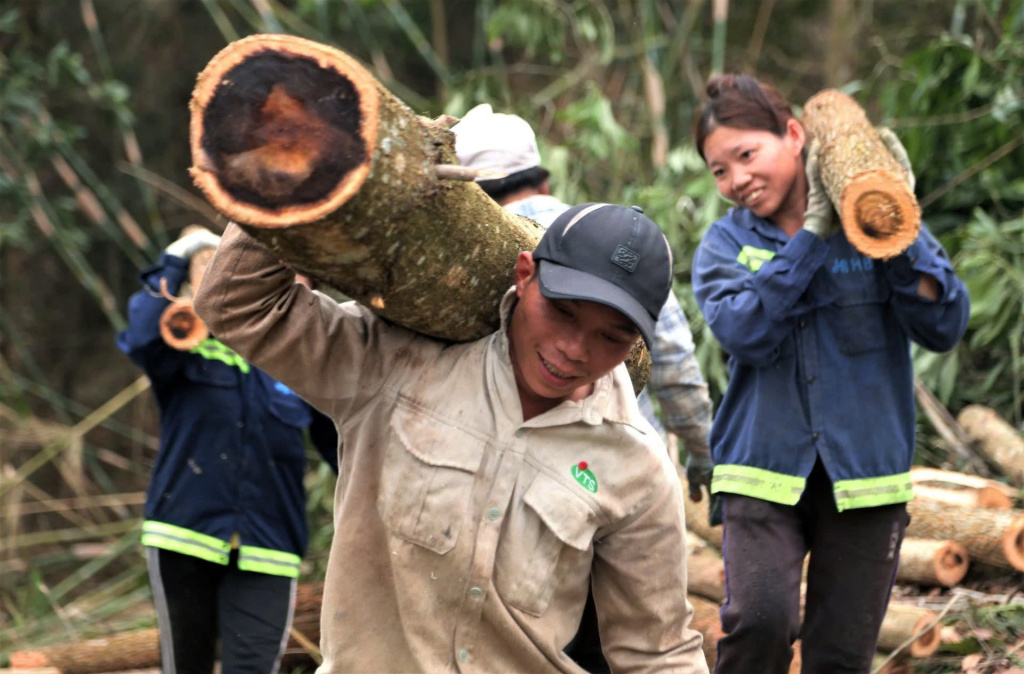
Acacia cultivation not only contributes to improving people’s lives, but also creates livelihoods for hundreds of local workers (Photo by Pham Truong).
Many villages in districts such as Thanh, Lang Chanh, and Quan Son used to have only bare hills, now there are concrete roads, newly built schools, and spacious houses thanks to the revenue from acacia. Some households boldly borrow capital to grow acacia according to FSC standards, participate in sustainable forestry cooperatives to associate with the sale of wood to plywood and wood chip processing companies, thereby making their income more stable.
The big turning point came when plant variety research institutes and forestry introduced hybrid acacia varieties (especially hybrid acacia hybrids) with outstanding yields and good disease resistance. Acacia varieties such as BV10 and BV16 can achieve an impressive yield of 20 to 25 cubic meters per hectare per year, double that of older varieties. The harvest cycle is also shortened to 5-6 years, bringing much higher economic returns to growers.
Mr. Nguyen Anh Tuan, Director of Thao Nguyen 555 Forestry Production Co., Ltd. shared: “Realizing the great potential of acacia trees, especially high-yielding hybrids, our company has invested in high-quality nurseries, applying advanced propagation methods such as tissue culture and cuttings. The proactive supply of healthy acacia varieties with stable yields and good resistance to pests and diseases has made an important contribution to helping people feel secure in expanding the planting area and improving economic efficiency per hectare of land.”
According to the Department of Agriculture and Environment of Thanh Hoa province, the acacia planting area in the province has reached nearly 100,000 hectares, of which more than 70% are planted and exploited by people themselves. The price of raw acacia wood is stable, creating a sustainable source of income, bringing many households out of poverty and rising to legitimate wealth.
From a tree that is despised because of its low value, acacia has risen to become a “tree to save the forest, save the people” for the highlands of the Qing Dynasty. Not only bringing green to the mother land, acacia trees also bring faith, hope and change to many people who used to live in the mountains and forests.
When the acacia forest rose strongly, it was also the time when the highlands of Thanh Hoa transformed. The barren hills are now covered with a warm green color. And in that rustling of acacia forests, echoing the belief in a sustainable future is approaching.


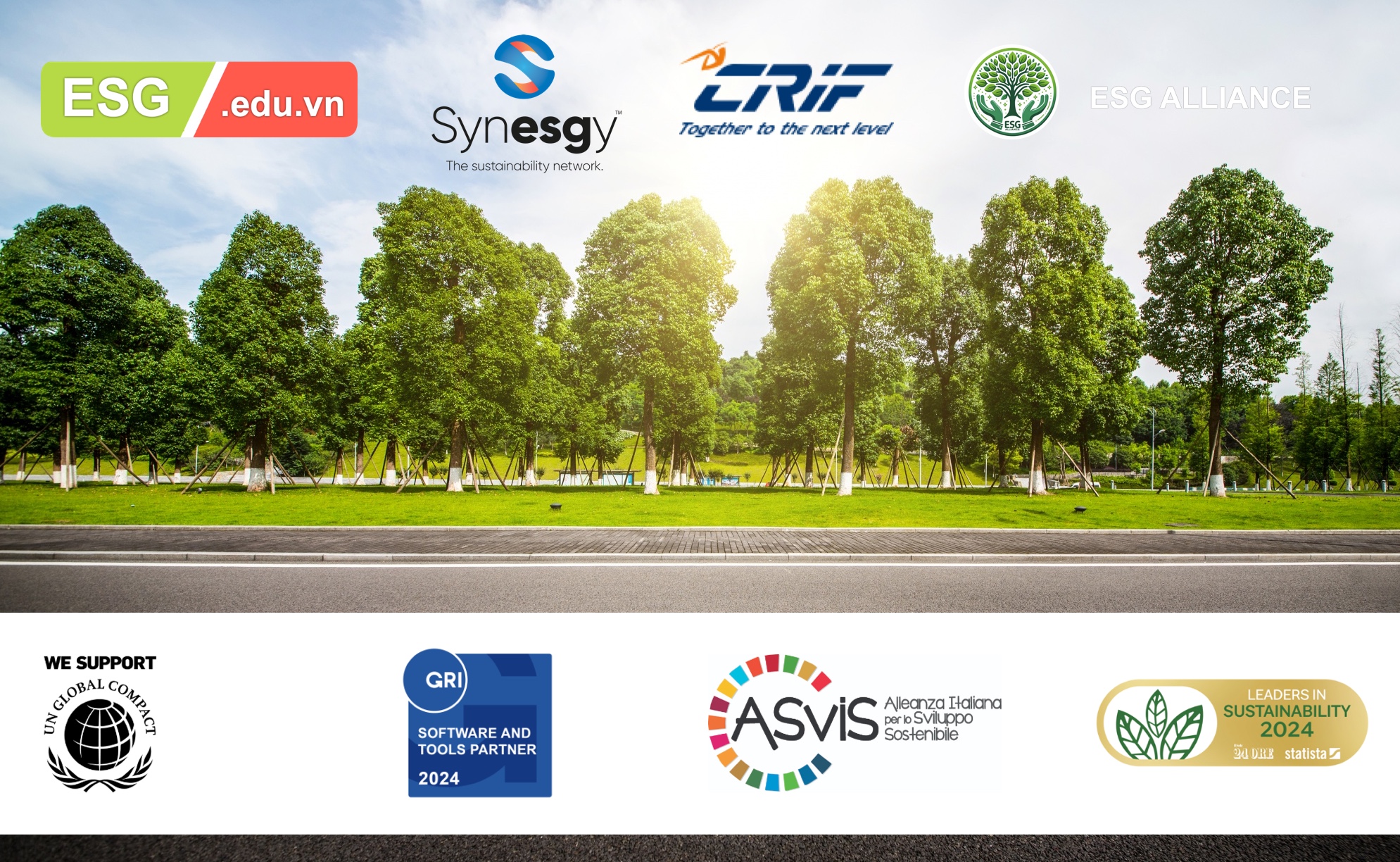









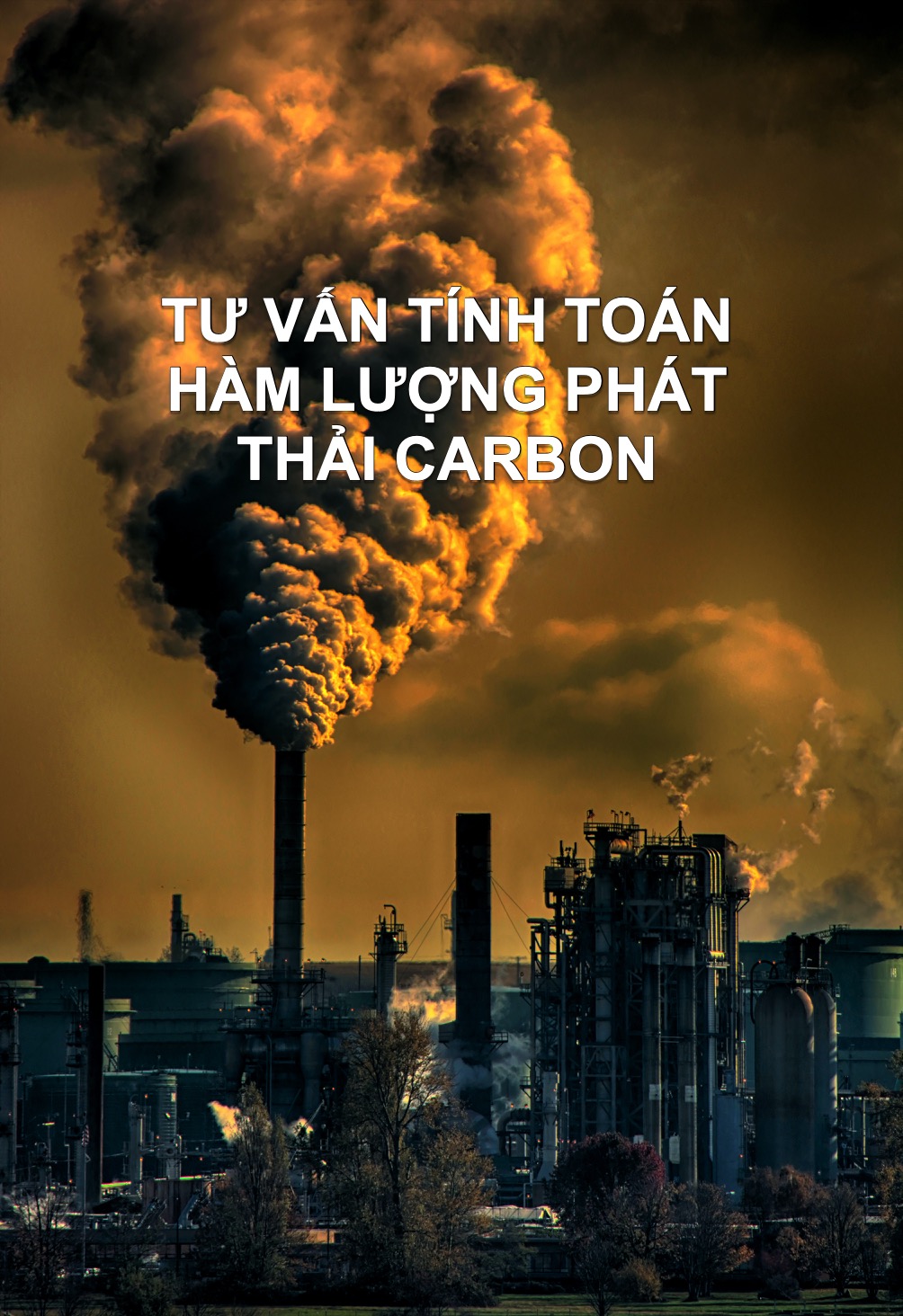

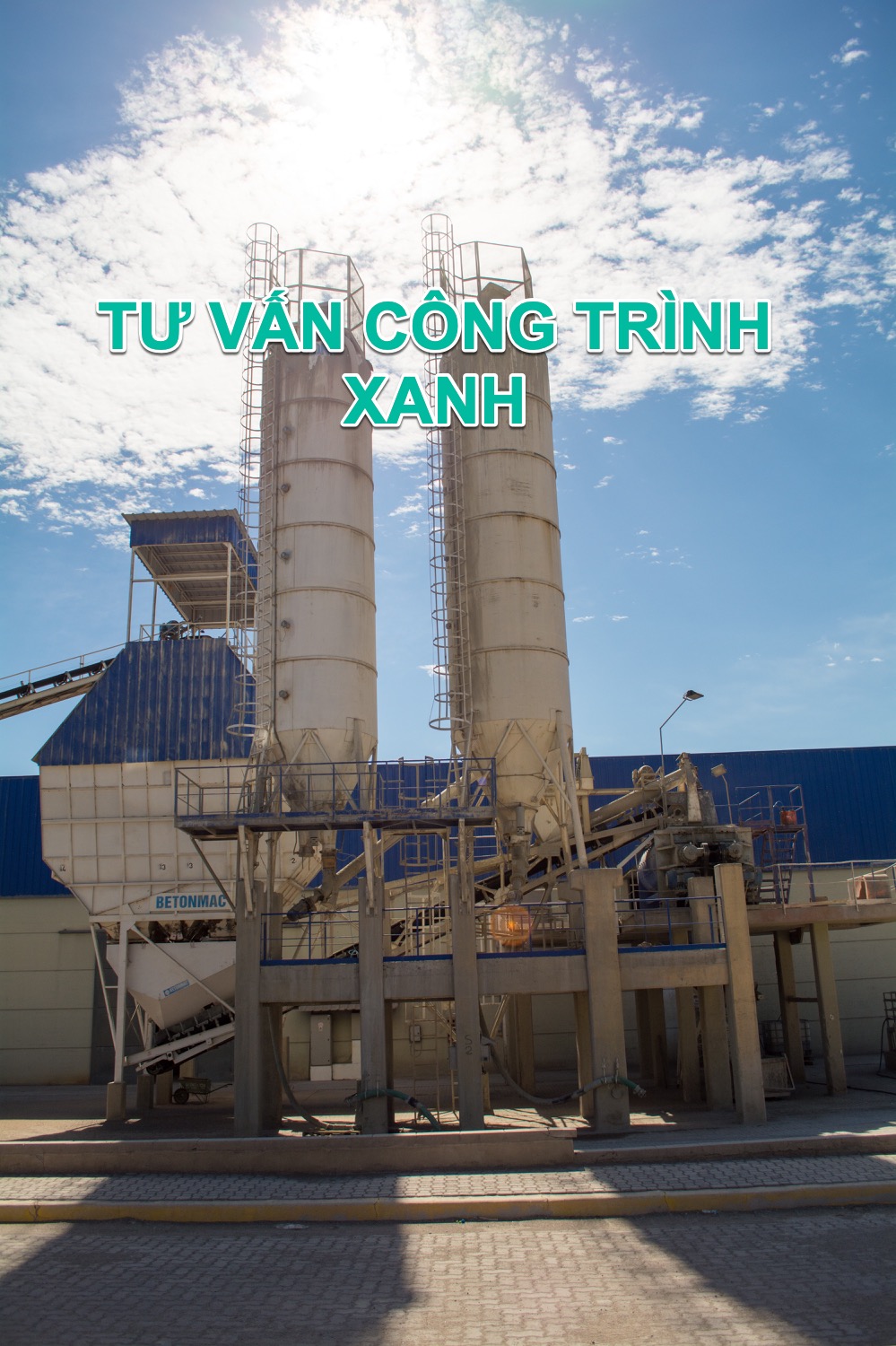
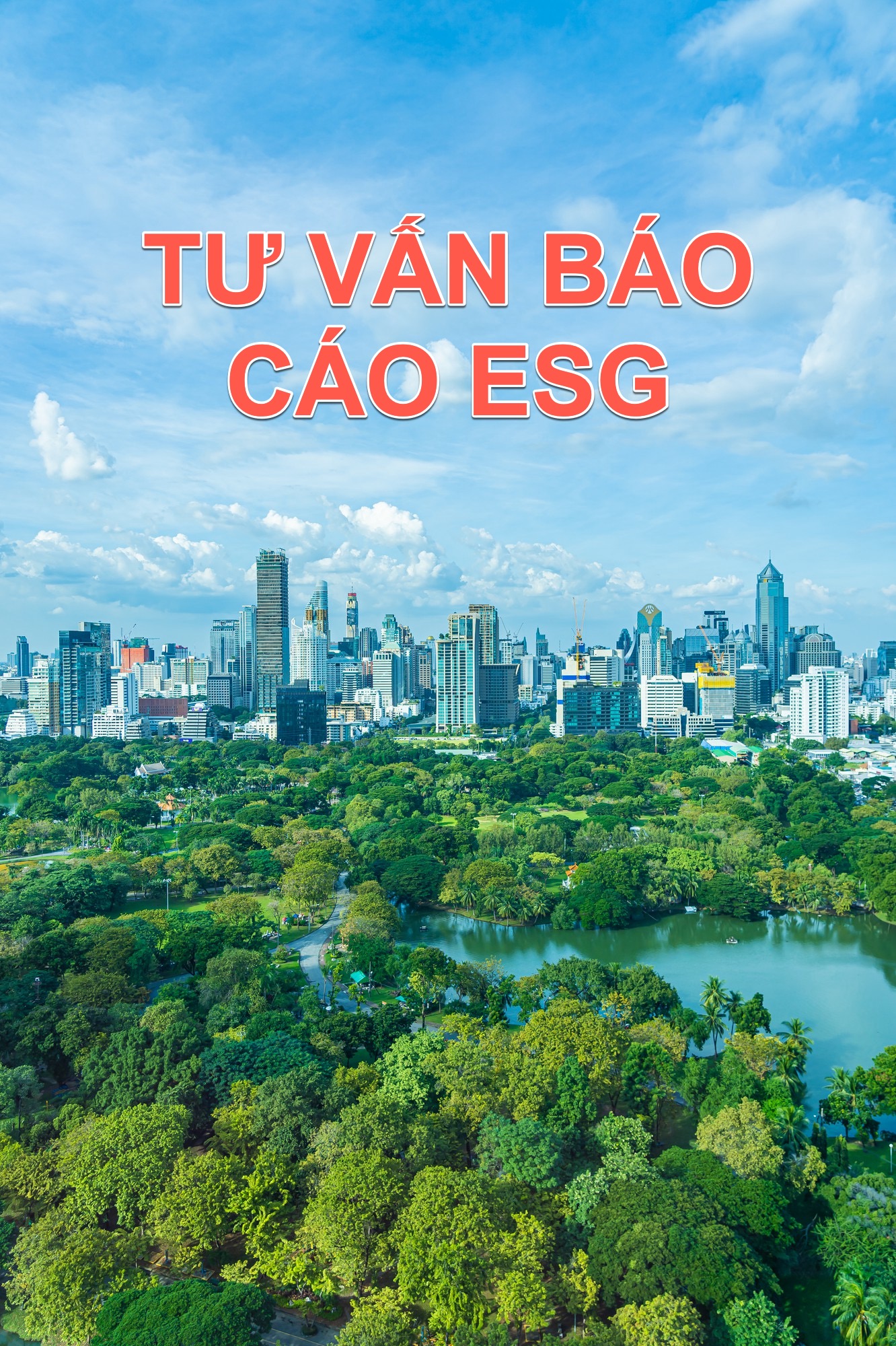
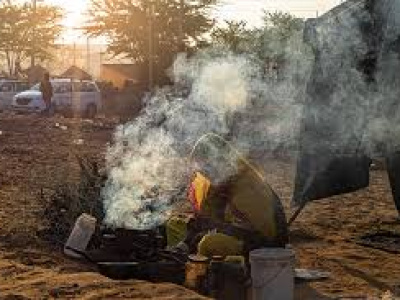
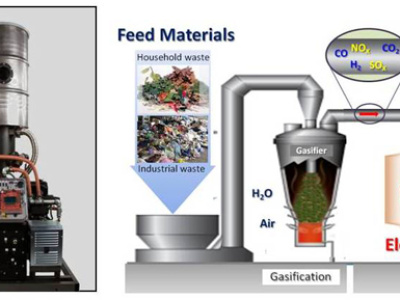
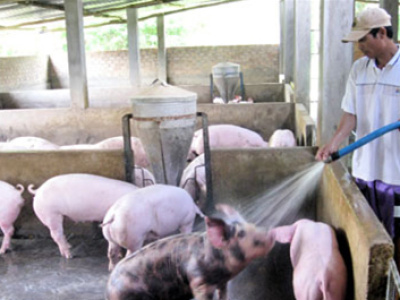
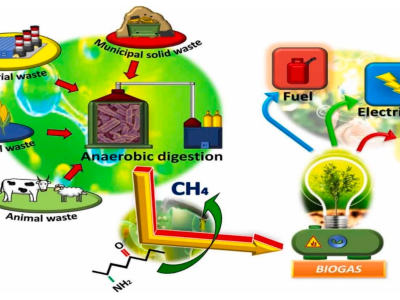
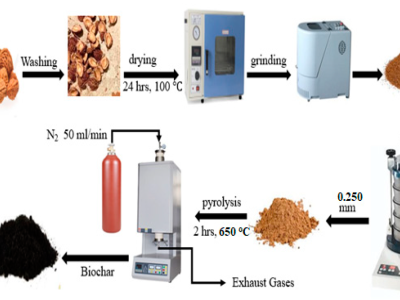
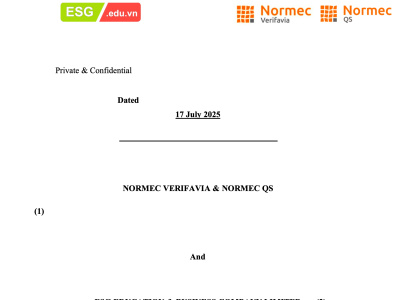
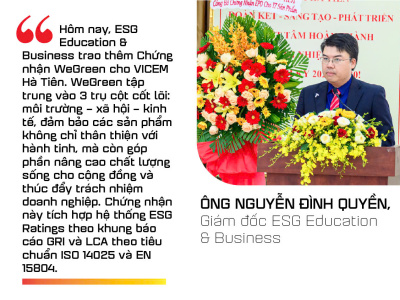
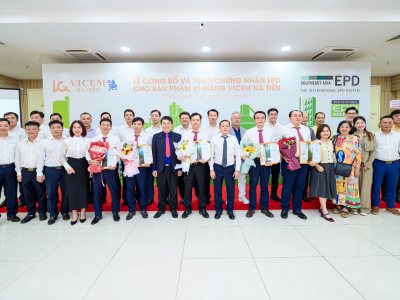
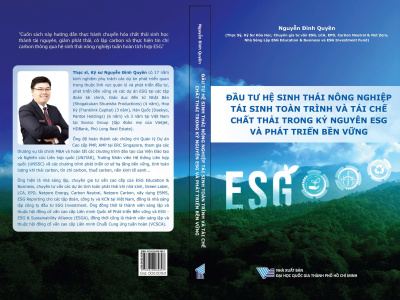

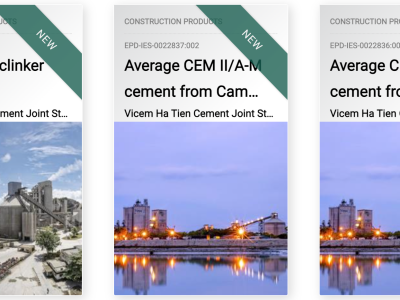
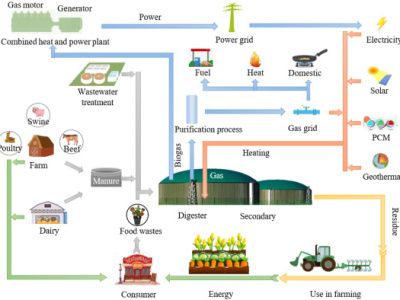
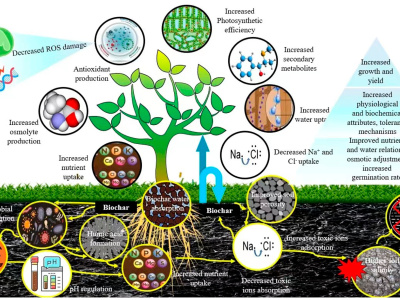
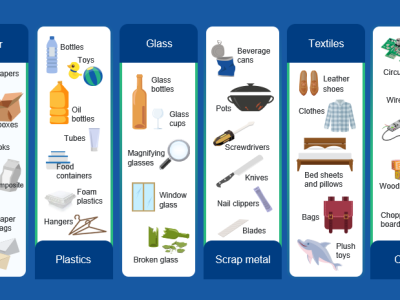
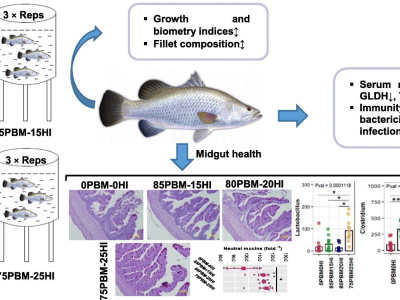

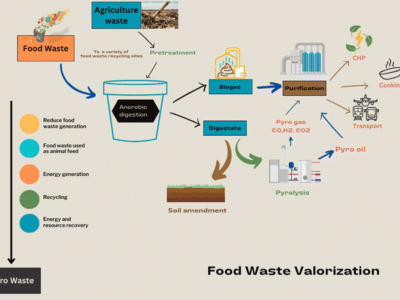

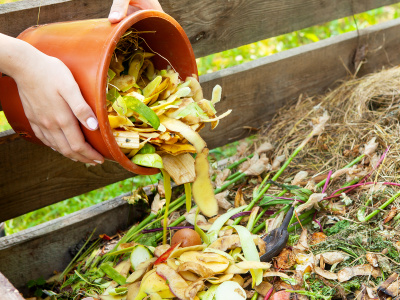
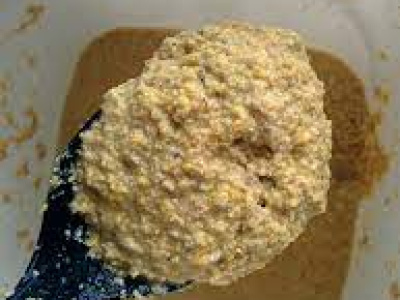
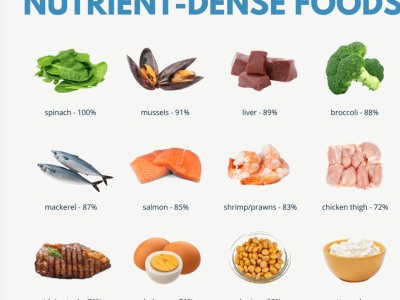
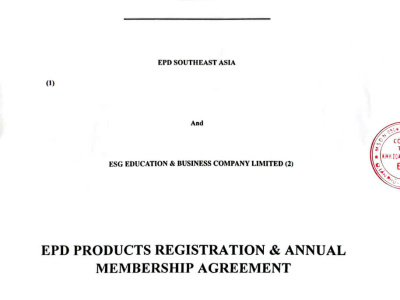
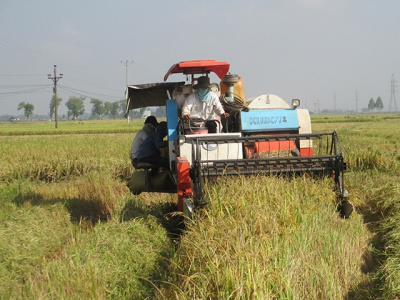
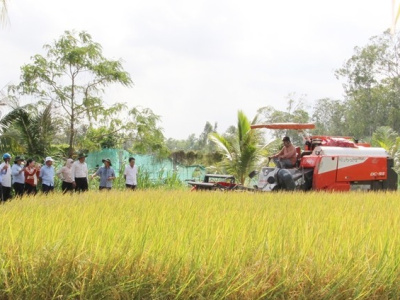
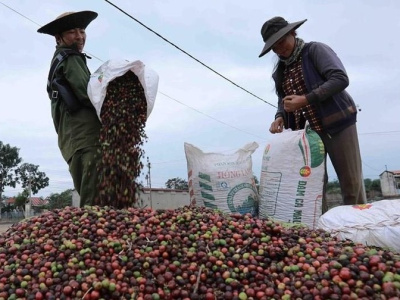
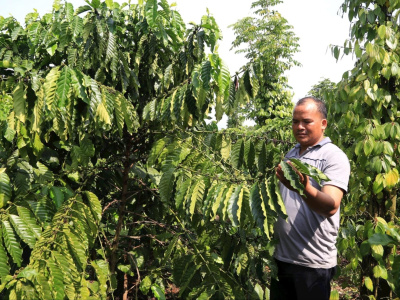
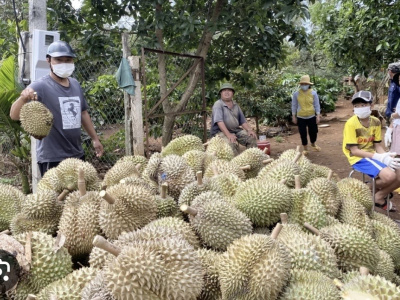
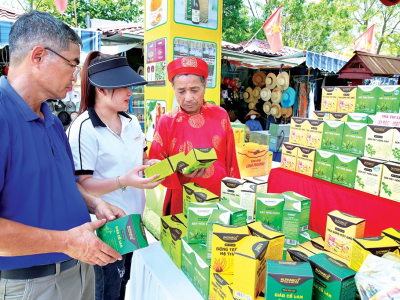
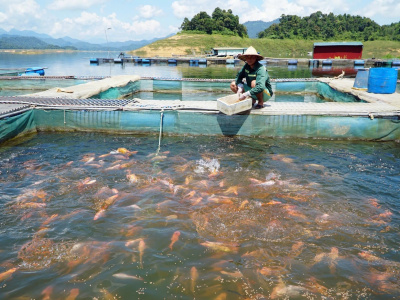
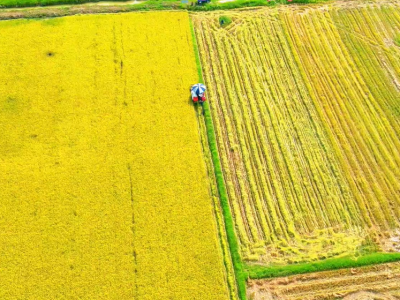
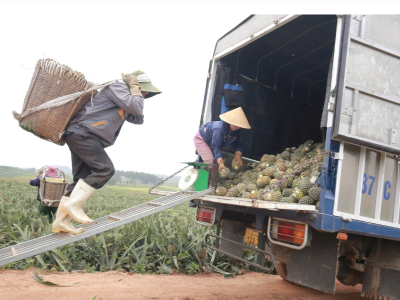
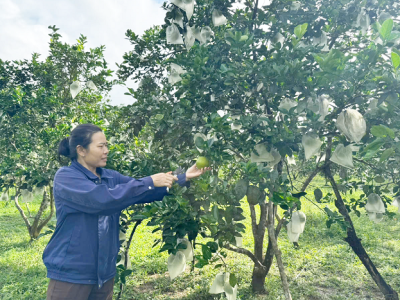
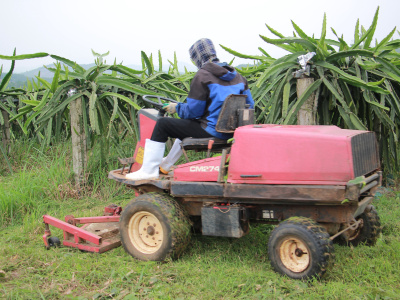
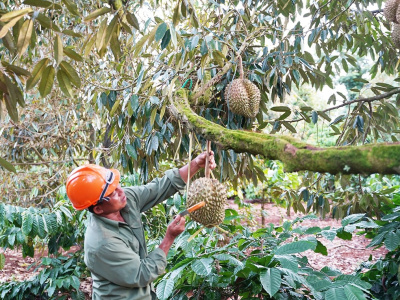

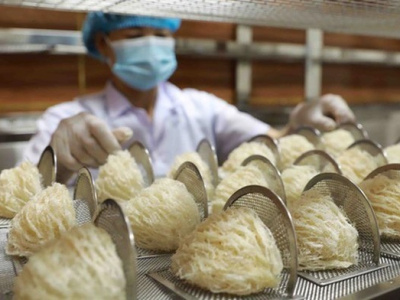
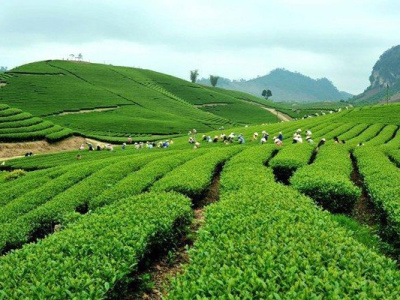
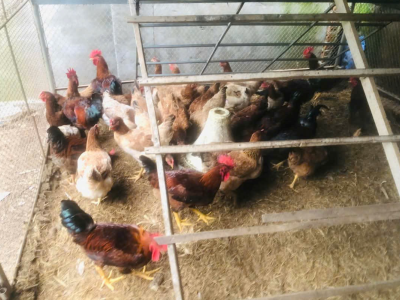
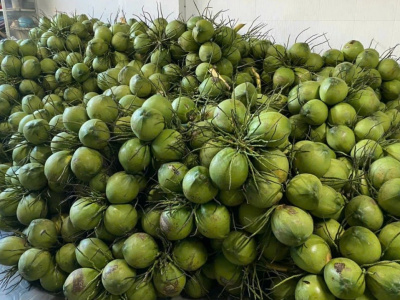
![NGUYỄN ĐÌNH QUYỀN [VN]](https://aseanfarmers.com/wp-content/uploads/NGUYEN-DINH-QUYEN-VN-400x300.png)
